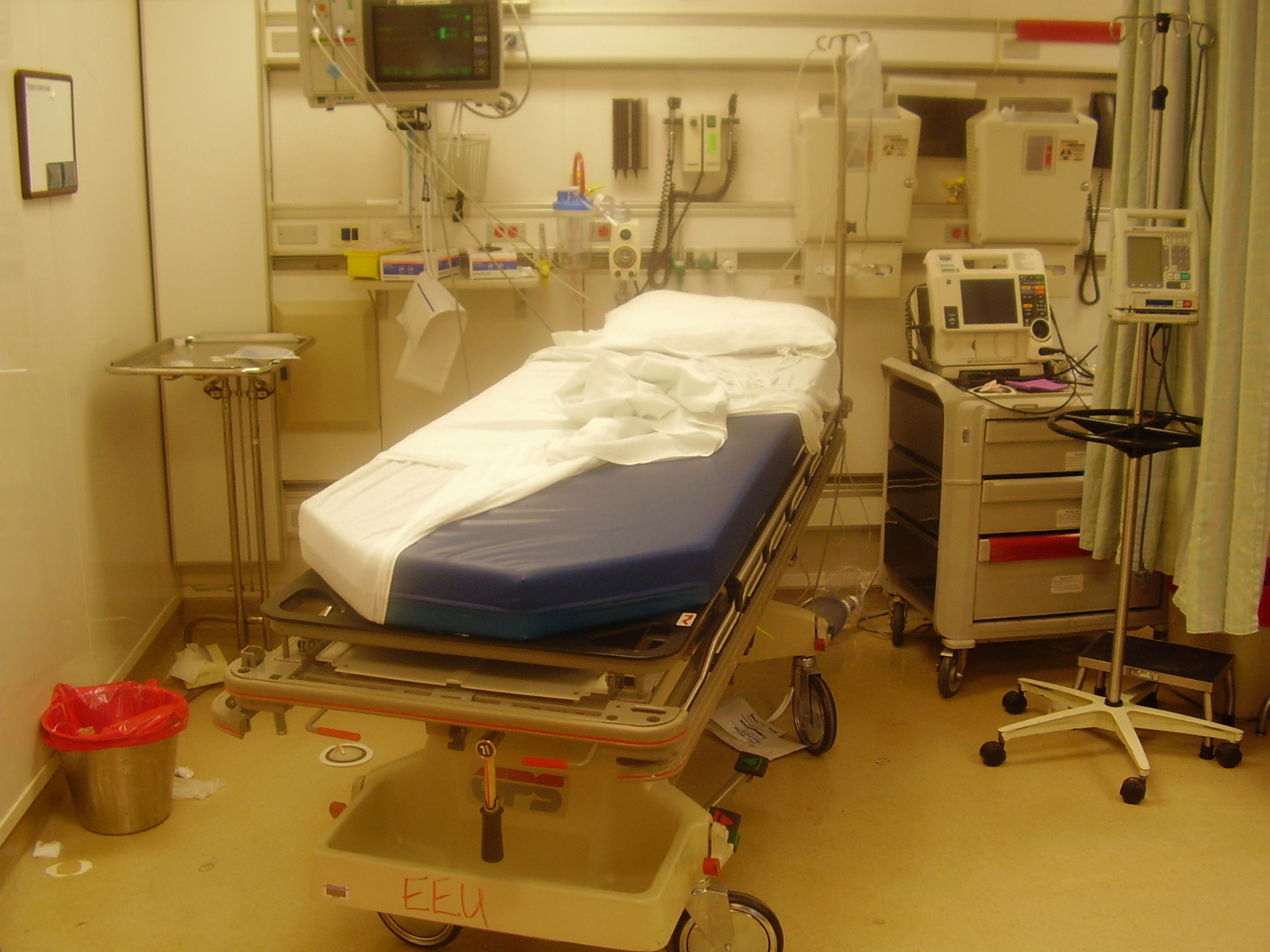By Alya Ahmad MD, FAAP, Pediatric Hospitalist

It was a slow night in the pediatric emergency room, a little after 2 am on April 8, 2000. A 15 years old African American male walked in to the pediatric emergency room with a chief complaint of a sore throat. Working the night shift was always tough for me, as a pediatric resident my body clock struggled between the constant switches from nights to days and vice versa. I was already fatigued that night and wanted a quiet night. I got only the opposite.
I pulled chart for the, 15 year old boy from the bin. Flipping through the paper clip board, I was I have to admit, a little angry at having to see this kids at 2 am for a sore throat at that. The nurse took the teenager to the back. He walked with a swagger, quiet, and expressionless. As he was being triaged, I wondered what he was doing here alone without a parent. He appeared to be the typical disinterested, pubertal, well-built athletic boy, wearing extra loose baggy jeans, and a long basketball shirt visible under his oversized hoodie. He seemed a little tense but without much distress. Lying “restfully” on the patient bed as though he came to the ER to sleep. I eyed him and then went to the back room doctor’s area to get my stethoscope and a rapid strep throat swab.
Within a few minutes, I heard the nurse call for a code. He was the only patient in the back, so I knew it must be this kid who suddenly arrested. Odd.
Alarms rang; monitors beeping; crash cart was wheeled in; and a sudden emergence of staff came rushing in from all corners of the ER. He was in full cardiac arrest. While intubating him and staring down his airway, all I could think was what the heck just happened here? It was only after he was stabilized and CT scanned from head to abdomen, did we discover the reason why he walked into the ER.
We cut through his hoodie. He was covered in blood. He had been shot, and wore the hoodie to avoid suspicion. In his stomach the bullet laid placidly with a small entry wound from his upper deltoid area. While the bullet had penetrated through his chest without significant damage, it was his esophagus, perforated, that was worrisome.

Next, He had to be transferred to trauma center in the medical center for further stabilization some 15 miles away. As the only resident of the shift I was assumed to take him via ambulance to the medical center. I held my breath, knowing this. My fear of him coding again or bleeding out, was palpable up my chest.
It was only while in the back of the ambulance that I actually saw his whole face, his still youthful features and cherubic face, his large yet graceful hands, and his thickly styled dark hair. In the gurney, he lay unaware of the ambulance swaying, jerking, and sirens blasting. He was helplessly wrapped up in tubing and lines. While staring at him and feeling for his pulse to compare to the monitor I held his hand. It hit me. He must be somebody’s child, a son to someone. I prayed silently in my head for mercy. While also praying, we make it to the regional trauma center, the gunshot capital of the city.
After an eternal 17 minutes later, we were in ER landing area. We wheeled him into the trauma unit. The paramedics quickly regurgitated his details to the accepting hospital’s ER staff, and I handed over his medical details to the next resident. He was swiftly swept up to the operating room and disappeared engulfed by the trauma team and nurses.
I never heard about him again and to this day don’t know if he survived. Years later, I still think about him, and all the other gunshot wound death and survivors who may have passed through our hospital and or our system. As pediatrician we are told to talk to families about gun safety and storage. I do what is recommended, and go through the checklist of gun safety in the home.
Yet, violence persists. Sixteen years later, I continue to take care of kids with intentional or accidental shootings. Teenagers, who have survived gunshots, failed suicide attempts, gang warfare, or accidental miss-firings, continue to stream through the inpatient units. Families now burdened to take care of this special needs patients, permanently disfigured physically and or emotionally from their wounds. A gun injures nineteen children each day in the USA. Among injury related death’s, firearms rank second AFTER car accidents.
Yet, gun injuries and deaths are only getting increasing. Killers are walking with “bombs”. Guns now with AK-fire-power that is more irreparable and destructive.
Physicians are told to first do no harm, and that is the mantra we carry near and dear to our hearts. Guns should do no harm? That is an oxymoron.
By Alya Ahmad MD, FAAP
Pediatric Hospitalist

Well written. You never know, maybe you’ll see him again one day.
LikeLike
This is good
Sent from my iPhone
>
LikeLike
I’d must verify with you here. Which is not one thing I normally do! I enjoy studying a submit that may make people think. Also, thanks for permitting me to remark!
LikeLiked by 1 person
I am glad to be one of the visitors on this great web site (:, thankyou for posting.
LikeLiked by 1 person
You are welcome so many stories and gun violence continues ,
LikeLike
Thankyou for your comments. Subscribe and or share your story
LikeLike